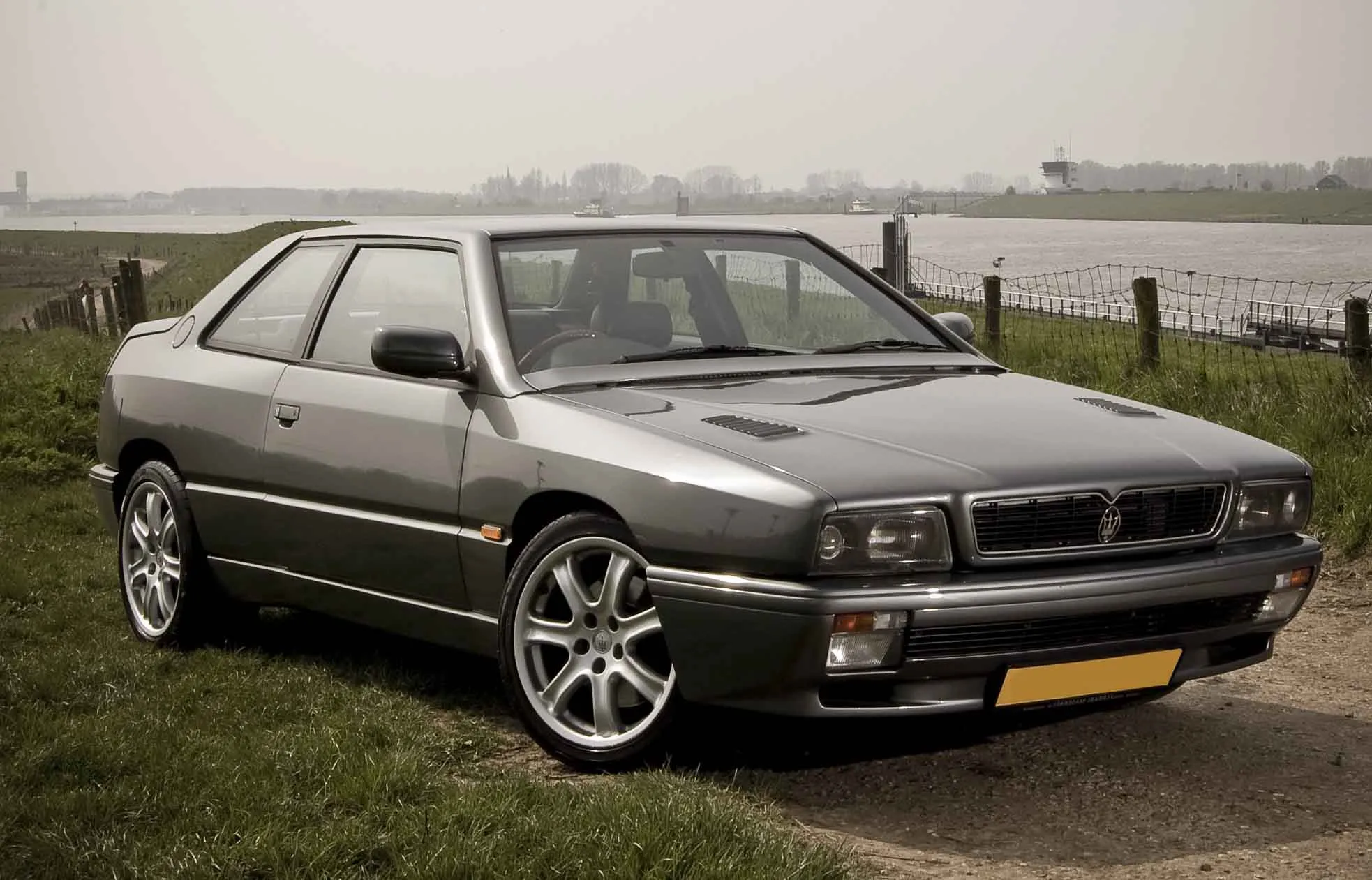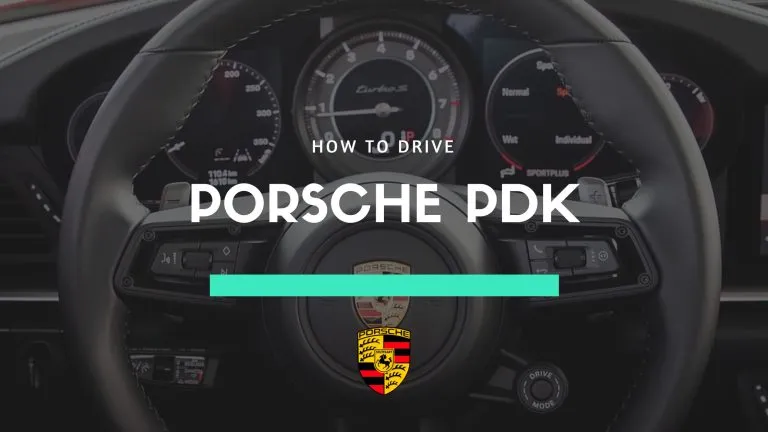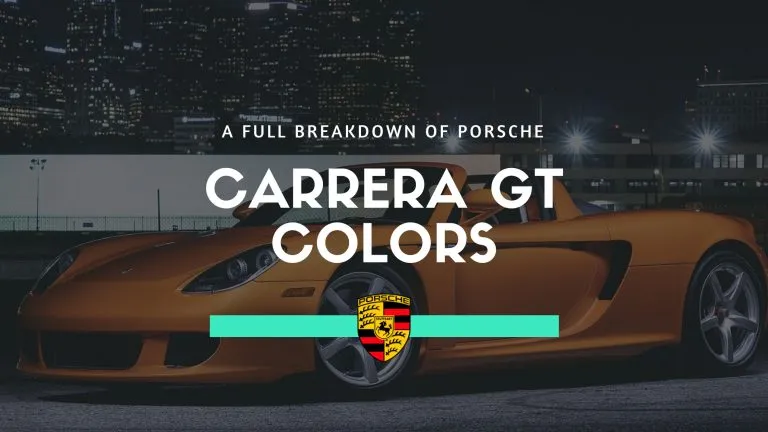Maserati Ghibli II – 90’s Coupe With the Heart of a Racer
The early 1990’s was a crucial time for Maserati. Their troubled years under De Tomaso were coming to an end and the beginning of a major uplift in fortune would start in 1993, when FIAT would take over the reins. This was good news on a financial and business footing for Maserati. But operationally, they were still struggling. Working out of old and out of date factories and partnered with Innocenti, a poorer relation to FIAT, meant they were not doing well.
With Alejandro De Tomaso taking Maserati in a new direction and forcing Maserati to mass produce family orientated sedans, the company was pinning their success / survival on the Maserati Biturbo model. A car that was voted by Time magazine as the ‘Worst Car of 1984’. But Maserati were trying to make improvements to this model until its last run, in 1994.
The transition from the Biturbo to the Maserati Ghibli II was the Shamal. This, at the time, was their flagship grand tourer that had excellent driving performance, even though it looked woeful. This vehicle would remain in production from 1990 until 1996. Maserati would take all the best bits of this car to turn into the Ghibli II and make it into one of the most powerful cars on the road at that time. But, similar to other brands at that time, it was a victim to the design styles of that period and its body shape was not befitting of the Maserati badge it carried.
This was a far cry from the Maserati Ghibli classic, that first appeared in 1967. That was an exceptional looking and performing GT that has staked a claim in the motoring Hall of Fame. Though this latest coupe was a solid performer, it doesn’t live long in the memory.
This Maserati Ghibli II review will take a look at the highs and lows of this Italian coupe.
Power Under the Hood
The powertrain Maserati would use was from the Biturbo, a twin turbocharged V6 engine but offered in two sizes. For their domestic and European market, the engine was a 2.0 liter that produced 302 bhp at 6,250 rpm and 275 lb-ft of torque at 4,250 rpm.
For the export market, the Maserati Ghibli II was a 2.8 liter that only made 280 bhp at 6,000 rpm but produced more torque at 305 lb-ft at 3,500 rpm. Intriguingly, the smaller engine was the fastest, as the 2.0L accelerated from 0-60 mph in 5.7 seconds and hit a top speed of 158 mph. Though the larger engine could only do the dash in 6.0 seconds and make a top speed of 155 mph.
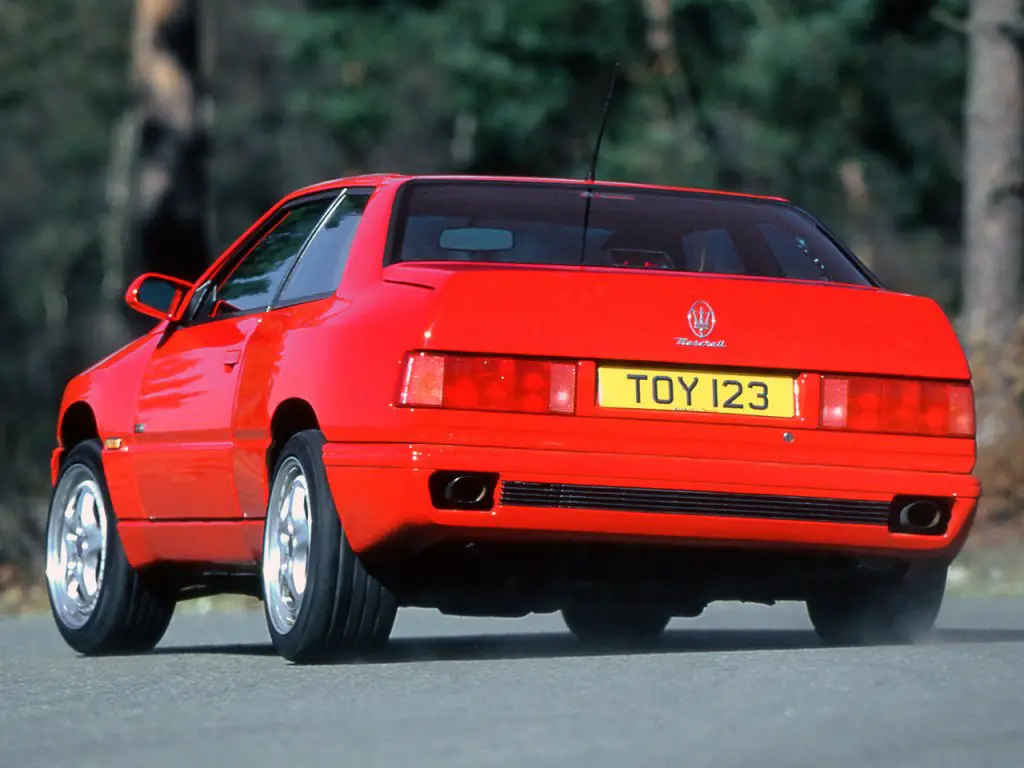
Initial models were supplied with a five-speed manual ZF transmission, that came from the Biturbo. Though this was replaced by the Shamal’s six-speed manual gearbox from Getrag. An automatic was also offered in four speeds.
Race Car Handling
Excellent performance on the road was augmented by great balance, steering and adaptive suspension for this front engine, rear wheel driven coupe. Its compact size and weight (166 inches long and 3,000 lbs.) ensured great handling on the road and on the track. It proved to be a highly delightful car to drive.

Its racing potential was explored as Maserati would produce 25 racing models for their single-make racing series, Open Cup. Design specs for full racing mode, the Maserati Ghibli II Cup would be based off the 2.0 liter iteration but the Maserati engineers would squeeze an extra few drops of horsepower to push it to 325 bhp, make 0-60 mph in 5.6 seconds and a top speed of 168 mph.
The Open Cup held eight races around Italy and Europe and, later, some of these models would be used in other GT tournaments. The car would get an upgrade in 1996 which saw the racing car achieve similar track times to the Ferrari 355 Challenge. This unattractive, boxy coupe was a serious high performing racer.
Road Legal Racer
During its lifespan, there would be two sporty editions that were produced. A road worthy version of the Open Cup racing cars was released as the Maserati Ghibli II Cup. This had the same performance levels as the track version which meant this was the most powerful road car at that time. This was some accolade as the 163 bhp per liter was more than what the Bugatti EB110 and the Jaguar XJ220 produced.
This model was tweaked again with transmission and suspension modifications and was labelled as the Maserati Ghibli II GT. Though it still looked less than spectacular.
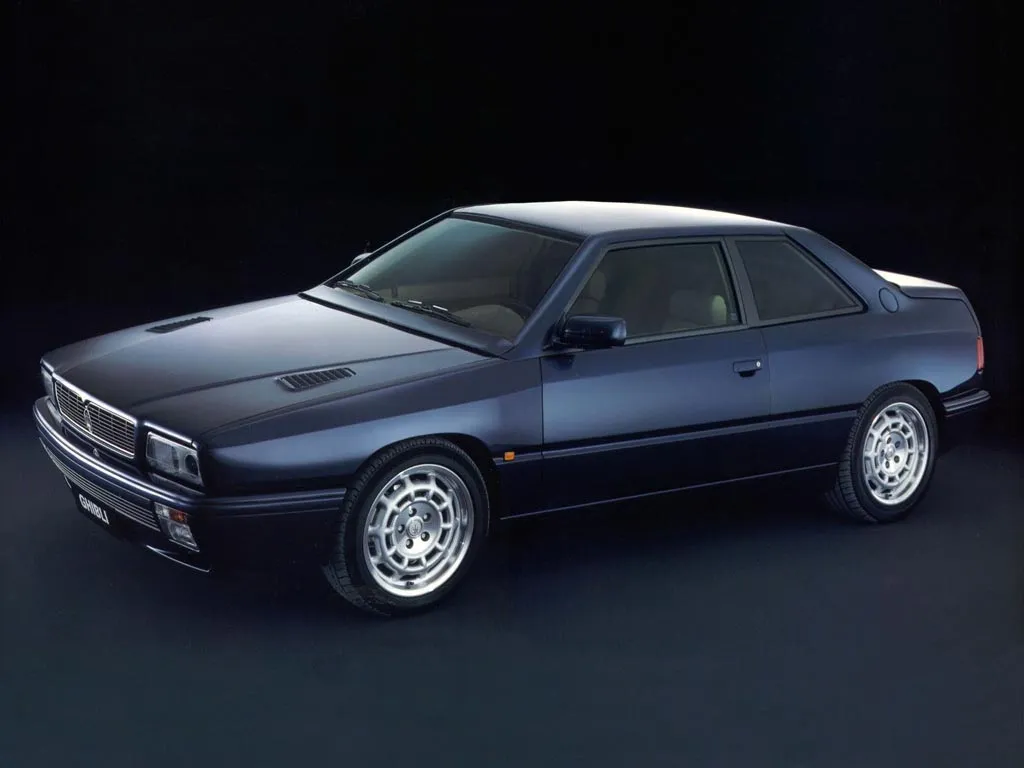
The final edition that came out was the Maserati Ghibli Primatist to commemorate their success – on the water! An Italian speedboat team were trying to break the World Speed Record for the flying kilometer. They installed the Biturbo V6 Ghibli Cup engine into the boat and broke the record (at an average speed of 134.7 mph). Maserati would produce 60 models of the Maserati Ghibli Primatist that featured bespoke colors, accents and trim.
Luxurious Interior
Despite the exterior styling being below average and uninspiring, especially given the Maserati Trident badge on the front grille, the interior more than made up for those shortcomings.

The cabin was awash with fine English leather, from Connolly, that covered the attractive and comfortable front and rear seats, dash, door panels and central panel. Alcantara suede would cover the roof of the cabin and Burr elm wood would adorn the hard surfaces that included the steering wheel, dash, gear stick knob and door accents. Instrument panel was typical for the era with a tight configuration in front of the wheel but the highlight of the gauges would be the elliptical clock. Its design was as elegant as a dress watch.
The Maserati Ghibli II Cup and Maserati Ghibli II GT models would have a sportier feel with sports steering wheel and drilled metal pedals. and different alloy wheels
Maserati Ghibli II Buyers Guide
At the time it went on sale, the Maserati Ghibli II was very expensive compared with its German rivals. In 1994 the car was priced at over US$60,000 while the Maserati Ghibli II GT was $10,000 more than that.
Second hand market is a good place to pick one of these cars up at a reasonable price. The Ferrari takeover, in 1998, was not only a watershed moment for the company, but also a death knell for all models that came before. Literally overnight, these cars values plummeted and never recovered (not surprisingly).
While basic models can be picked up on the cheap, the higher performing Maserati Ghibli II Cup still holds half to two-thirds of their value.
The Maserati Ghibli II is quite an enigma. A fast and powerful coupe that had excellent handling and a thrill to drive. But, apart from its luxurious interior, the body shape was a real low point for the Italian luxury carmaker.

